Reviewed by Jame Jimenez
Disney's streaming landscape is undergoing its most dramatic transformation since Disney+ launched in 2019, and the implications reach far beyond simple app consolidation. The entertainment giant has officially announced plans to sunset the standalone Hulu app, marking the end of an era for one of streaming's pioneering platforms. After nearly two decades as an independent service, Disney revealed it will fully integrate Hulu into Disney+ by 2026, creating what the company calls a "unified app experience." This is not just corporate housekeeping; it is a bet that a single, comprehensive ecosystem can challenge Netflix while improving efficiency and keeping subscribers around.
The integration picked up speed after Disney took full control of Hulu, having paid Comcast approximately $9 billion to buy out NBCUniversal's remaining stake. With that kind of spend, Disney is not merely merging apps; it is setting up the next phase of the streaming fight, where scale, efficiency, and deep libraries decide the winner.
What's changing and when it's happening
Disney is avoiding the classic tech trap of rushing a big change and sparking backlash. Instead, it laid out a phased plan with global reach. Beginning October 8, international Disney+ users will see the Star content tile rebranded as Hulu, Hulu's first major step onto the global stage, and a clear sign that Disney intends to lean on the Hulu name worldwide.
In the United States, the company is smoothing the runway with immediate app upgrades. Disney is rolling out several updates to the Disney+ app, including a revamped For You tab, a new Live hub, and an updated hero carousel. It is also adding clear labels like "Season Finale," "New Series," and "New Movie," useful tags that tackle one of streaming's biggest headaches, finding something to watch without scrolling into the void.
The most dramatic shift lands in 2026, when Disney plans to completely shut down the standalone Hulu app. Even so, the company is keeping subscription flexibility intact. Users can continue purchasing standalone Disney+ and Hulu subscriptions even after the app integration. That preserves pricing preferences and content tiers for different audiences while Disney consolidates the tech under the hood.
This slower rollout signals a simple insight: users trust platforms that do not yank away familiar options overnight. Build comfort with new features first, retire the old entry points later. Fewer churn spikes, fewer angry emails.
The financial reality behind the merger
The math behind the decision is blunt. According to analysts, Hulu's programming costs are projected at about $4.1 billion and non-programming costs at about $2.9 billion for fiscal 2025, rising to roughly $4.4 billion and $3.3 billion by fiscal 2027. That curve demands more than small price tweaks or splashy originals.
Consolidation targets those costs directly through potential savings from removing duplicative technology and administrative costs at Hulu. Fewer parallel systems, fewer duplicate teams, fewer redundant tools, a path to billions in efficiency gains over time.
Those pressures show up on your bill starting October 21. Disney+ with ads rises from $9.99 to $11.99 monthly, while Hulu's ad-supported tier jumps by the same amount. The steepest bump hits Hulu + Live TV, a $7 increase from $83 to $89.99 (often rounded to $90) for the ad-supported Live TV plan. This is a nod to the premium value of live TV and Disney's push to shore up revenue ahead of integration costs.
The goal is clear: move from growth at any cost to sustainable profits, a shift sweeping the entire industry. The integration lets Disney absorb higher expenses while offering a bigger library and a cleaner experience in one place.
Building a streaming super-app for the future
CEO Bob Iger is aiming for more than cost cuts; he wants a true super-app. The unified platform aims to provide subscribers with tremendous choice, convenience, quality, and enhanced personalization while driving higher engagement and lower churn rates. Less friction, more time watching.
Content is the hook. The new Disney+ will house everything from family-friendly Disney originals to Hulu's adult-oriented programming, Marvel, Pixar, Star Wars, and ESPN content. Think lightsabers next to prestige dramas, animated classics next to buzzy comedies. It is the kind of breadth that aims squarely at Netflix's wide demographic reach.
The plumbing is evolving, too. Disney has moved to a unified advertising server called "Mission Control" and is actively discouraging Hulu-only ad purchases, steering brands toward cross-platform campaigns that stretch farther with less hassle. That gives Disney more leverage and gives advertisers a simpler way to reach the whole audience.
Recommendation systems should get smarter as viewing data merges across families and adults. Fewer dead ends, more relevant suggestions. Will that finally fix the endless-scroll problem? That is the promise.
What this means for subscribers and the industry
For subscribers, the upside is obvious: one app to rule your queue. The unified app will eliminate the need to switch between separate applications while providing enhanced content discovery through shared recommendation algorithms. Still, longtime Hulu fans, the "Hulugans," worry about whether the service's distinctive identity and curation will survive inside Disney's broader universe.
The wider market is already feeling the ripple effects. Disney's combined streaming services now reach 183 million subscribers, with the company projecting an additional 10 million new subscribers in the fourth quarter. That kind of scale changes bargaining tables, from content deals to sports rights to international pushes.
The priorities have shifted across streaming. Streaming platforms are shifting focus from subscriber acquisition to profitability through advertising revenue, bundling strategies, and operational efficiency. Disney's approach leans into all three, using a diverse catalog, tighter operations, and a smarter user experience to build an edge that lasts.
Looking ahead, expect more consolidation. As growth plateaus and content costs rise, other media companies may follow Disney's lead and merge properties rather than keep separate apps alive. Fewer tiles on your home screen, potentially higher prices as larger platforms gain leverage.
The Hulu integration is Disney's wager on what matters next: efficiency, a deep library, and a low-friction experience, not brand separation. Execution will make or break it. If the rollout holds, 2026 could look like a different streaming world, with Disney's super-app standing as the playbook for consolidation, or as a reminder that stitching platforms together is harder than it looks.






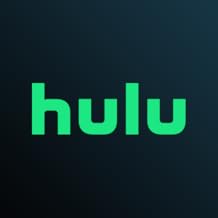
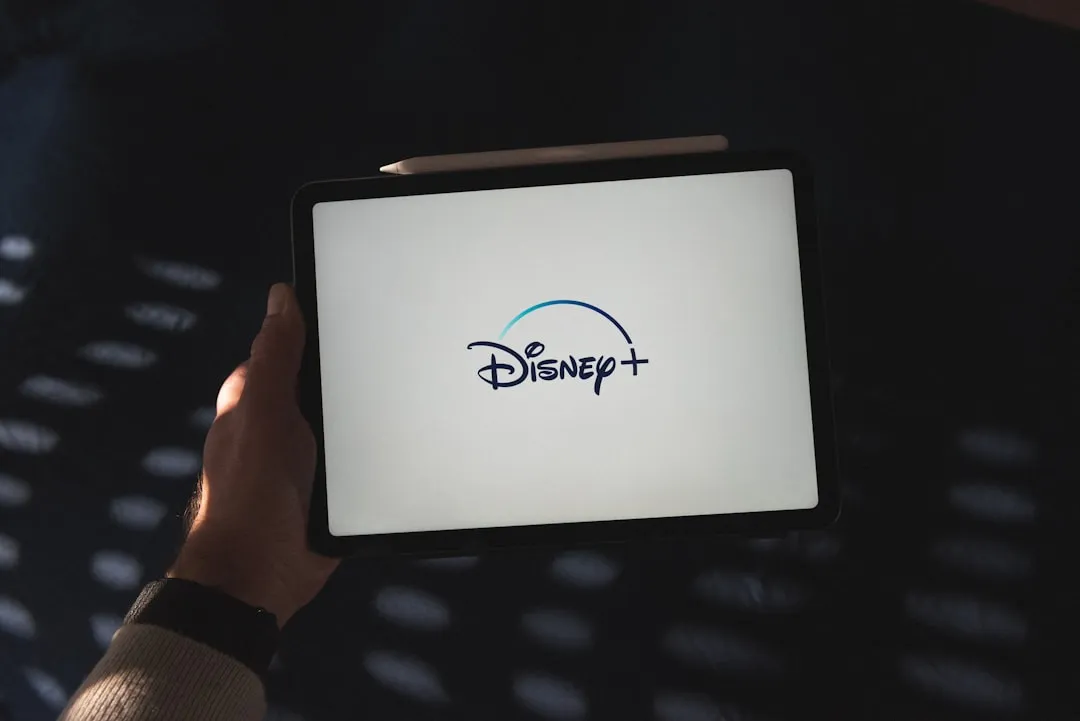
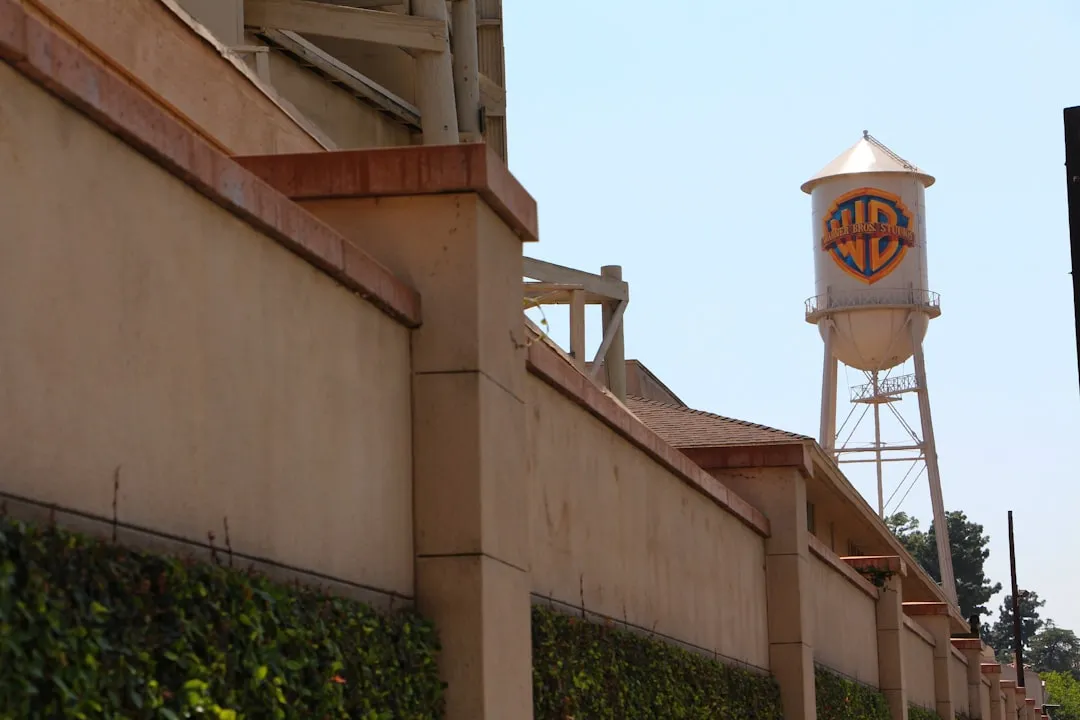
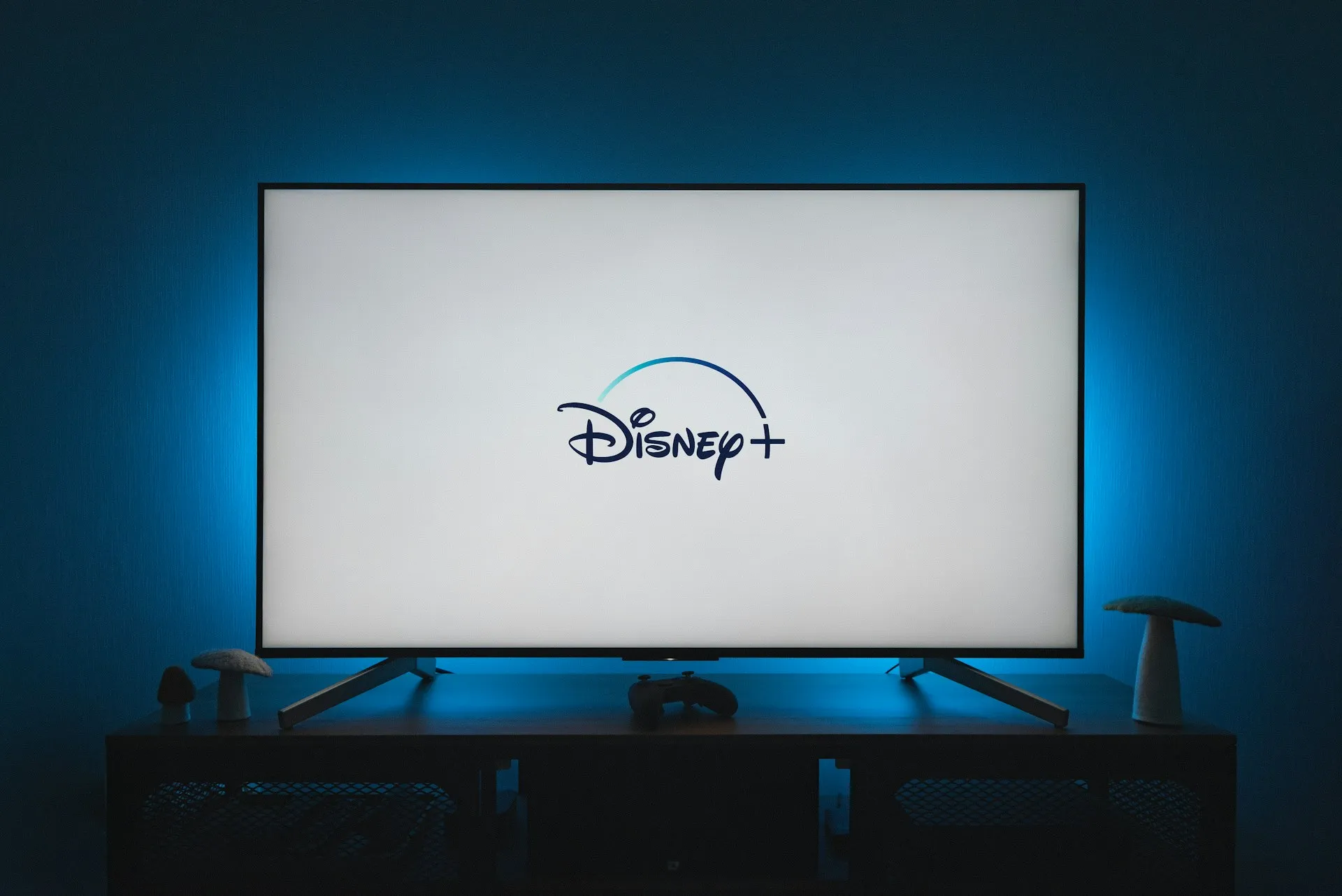
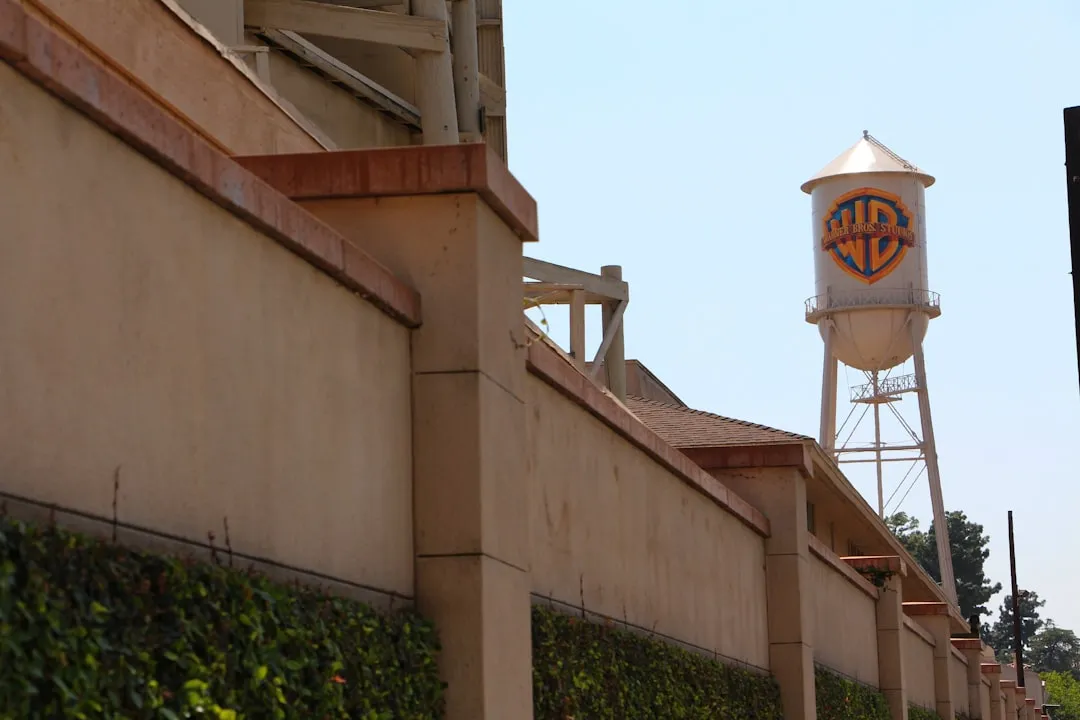
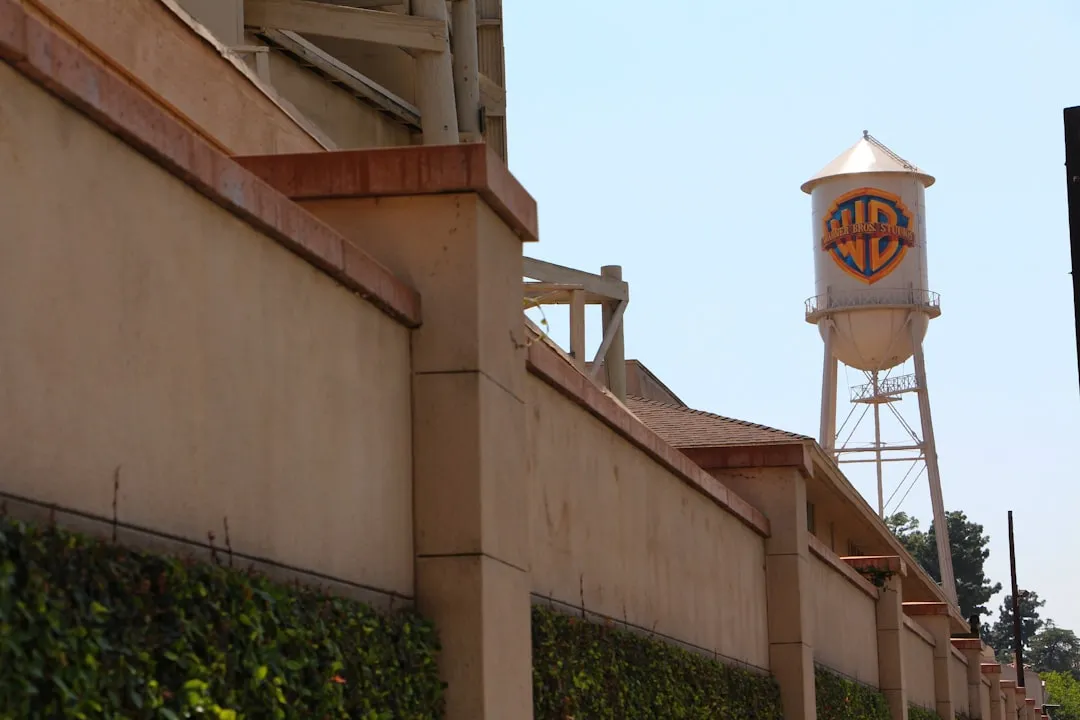
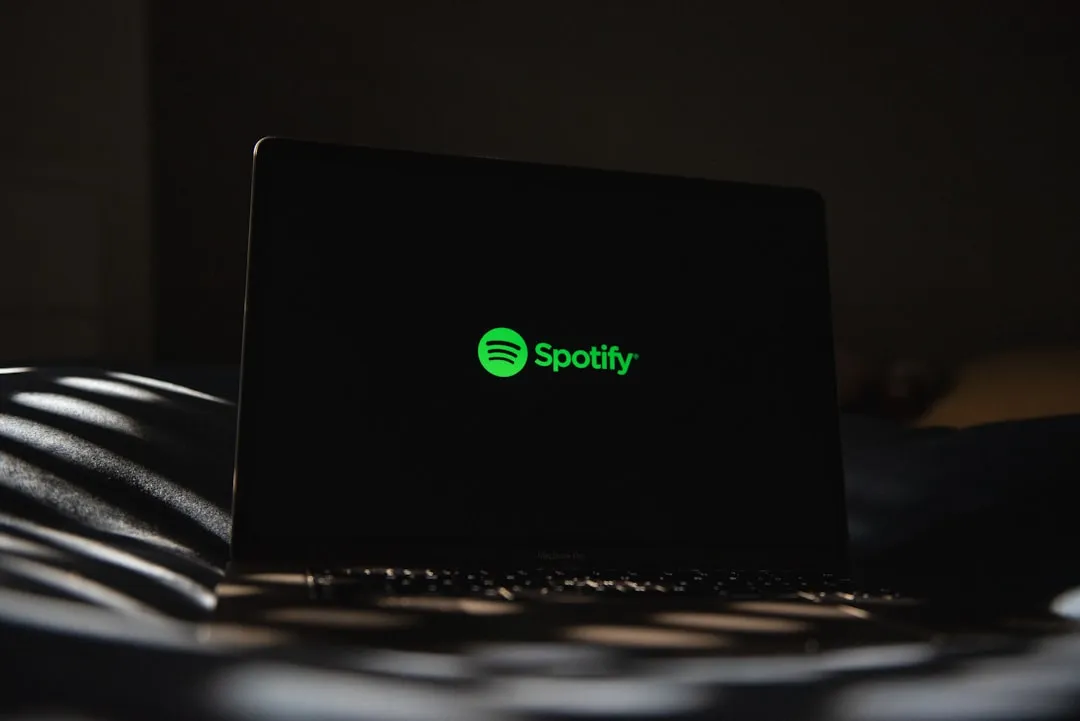



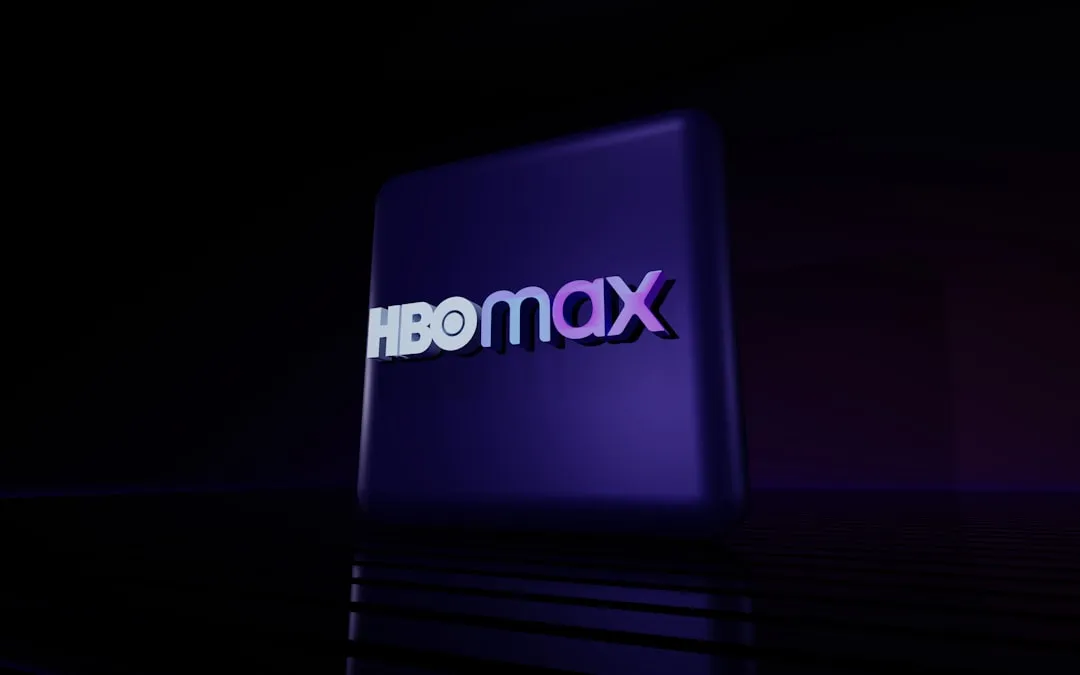
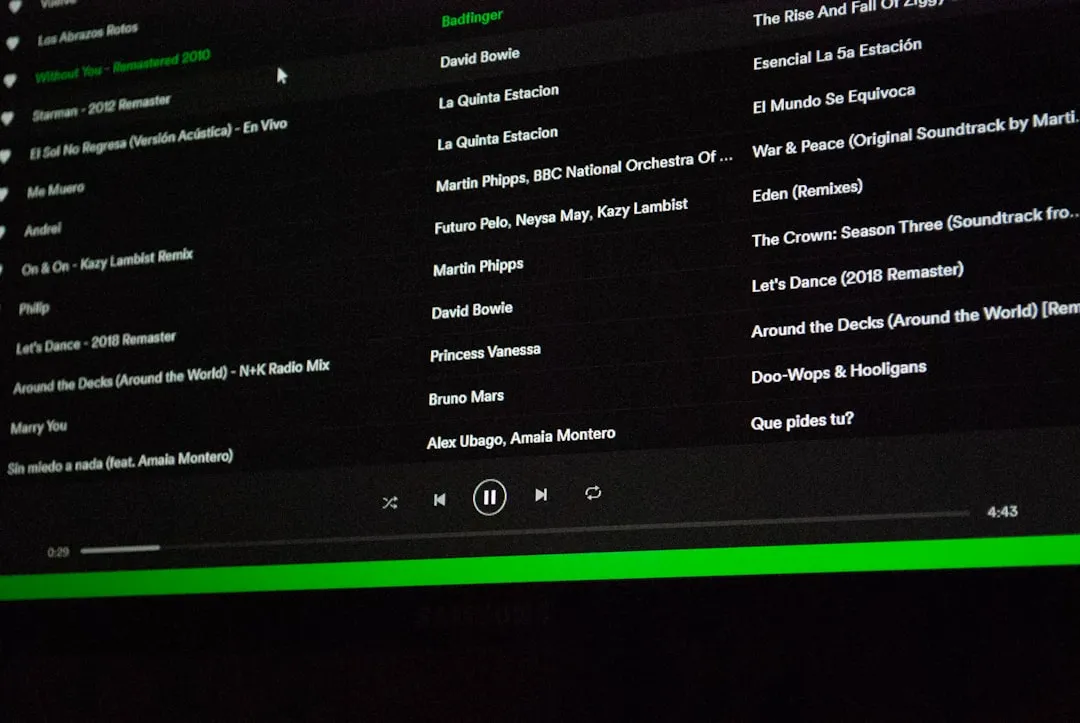
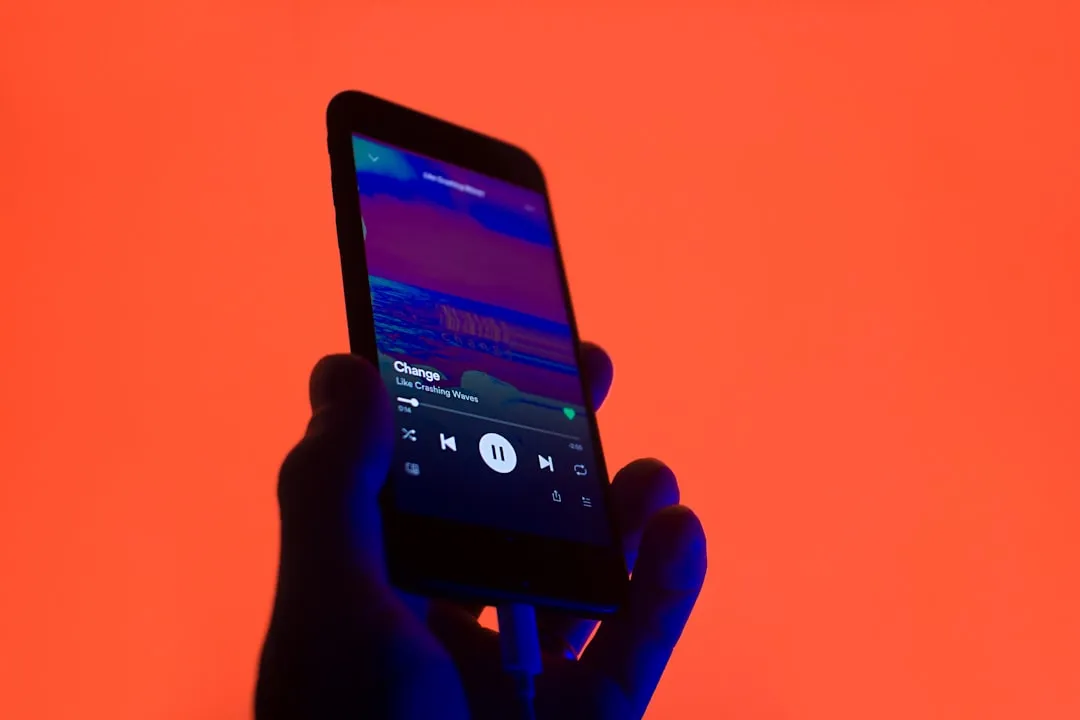
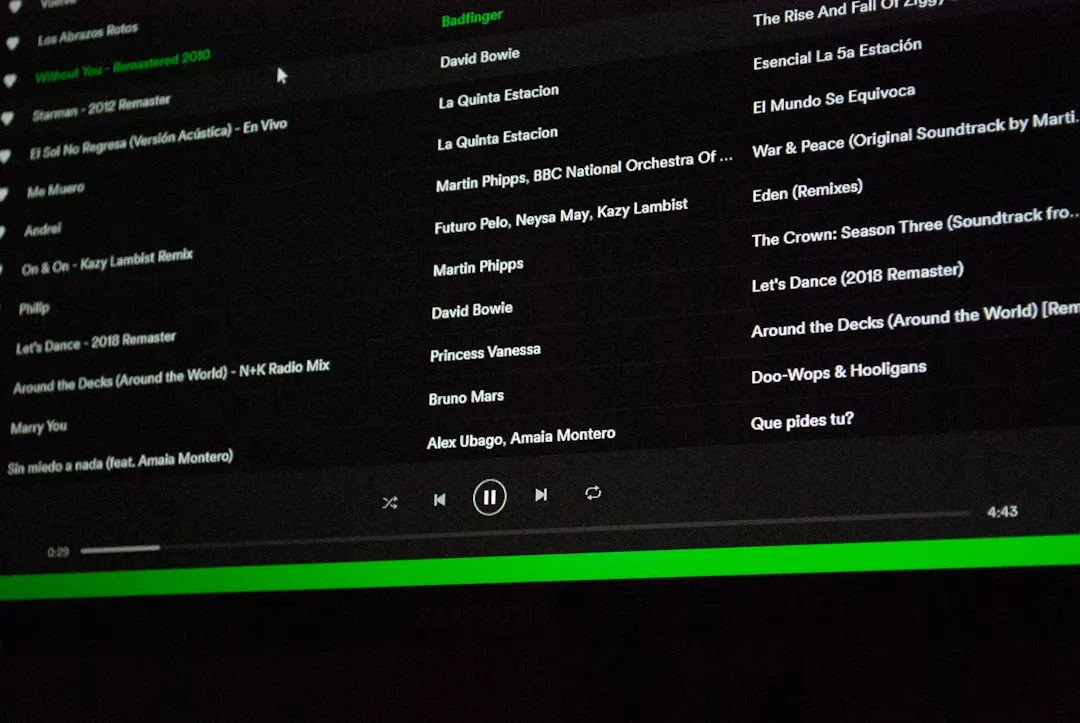
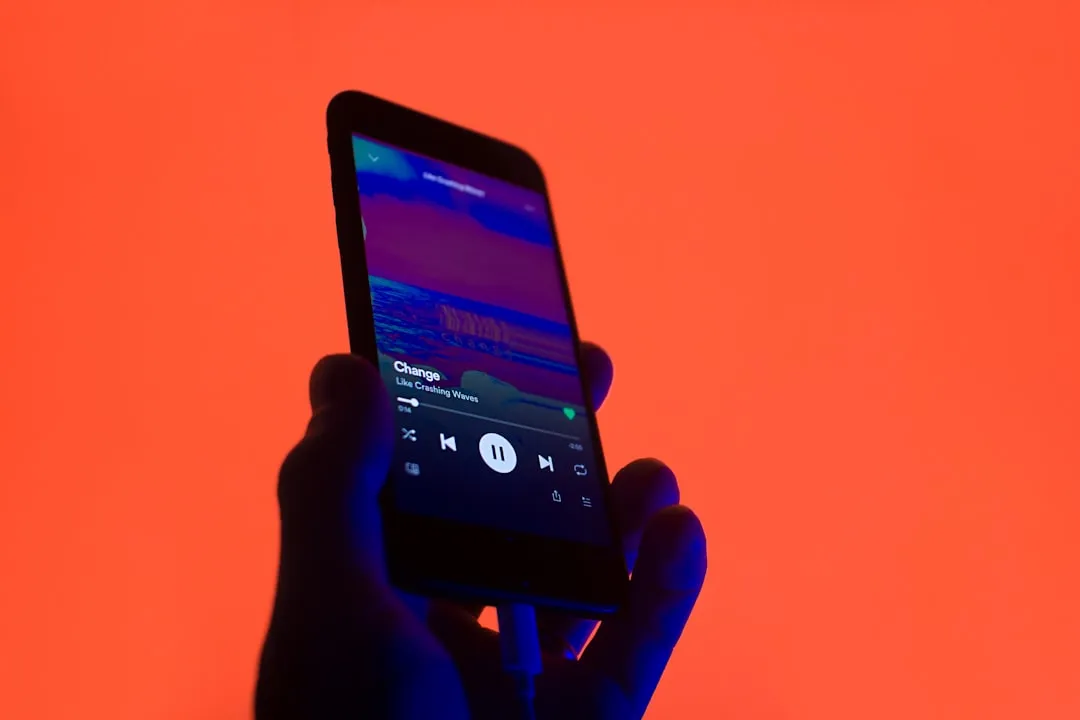
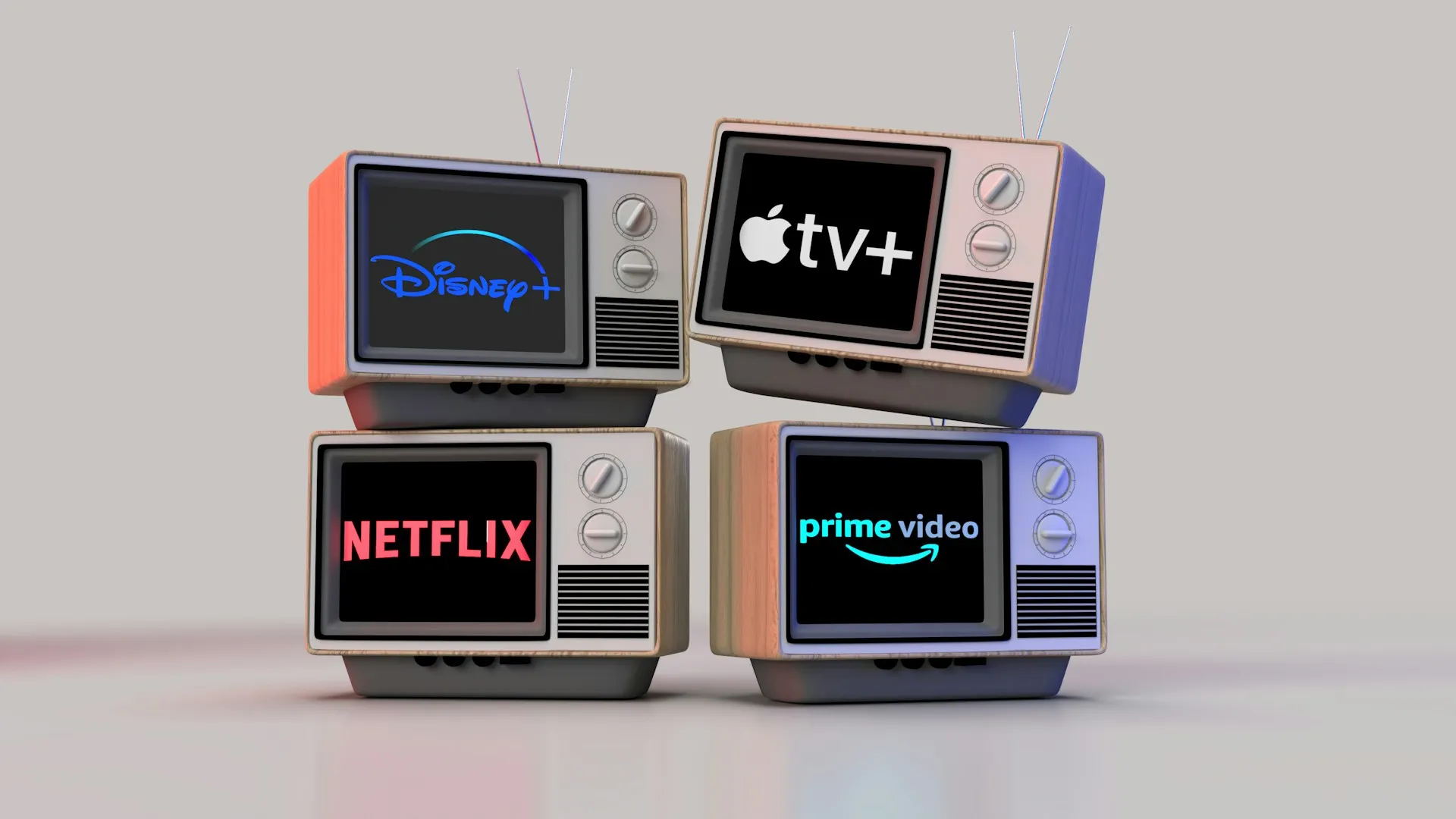
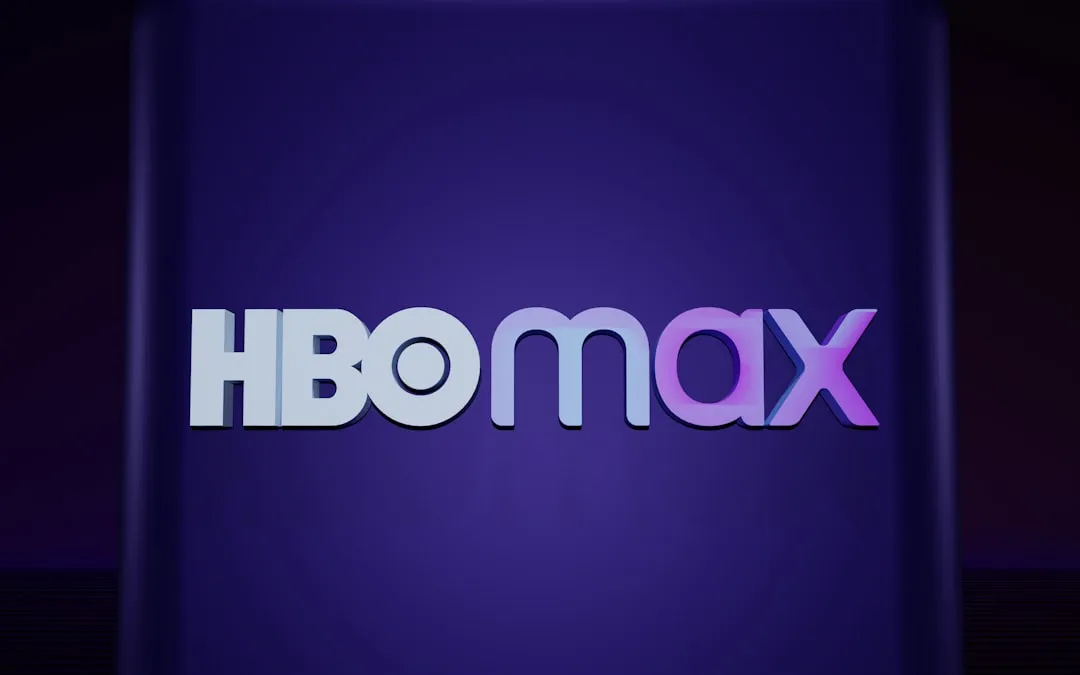
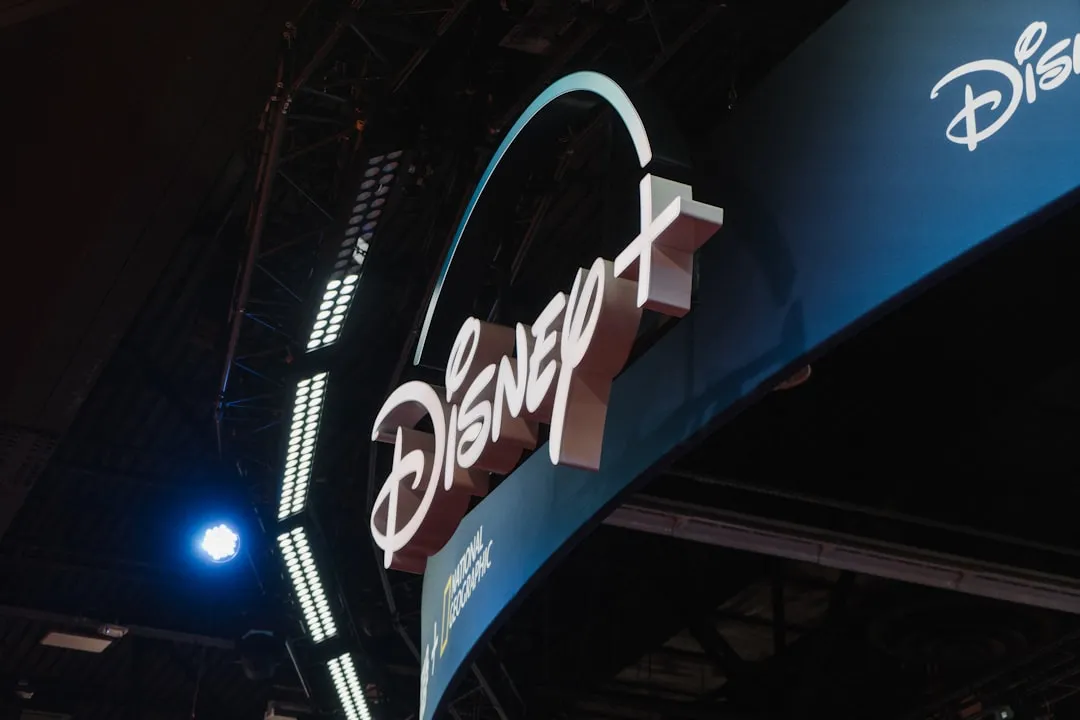


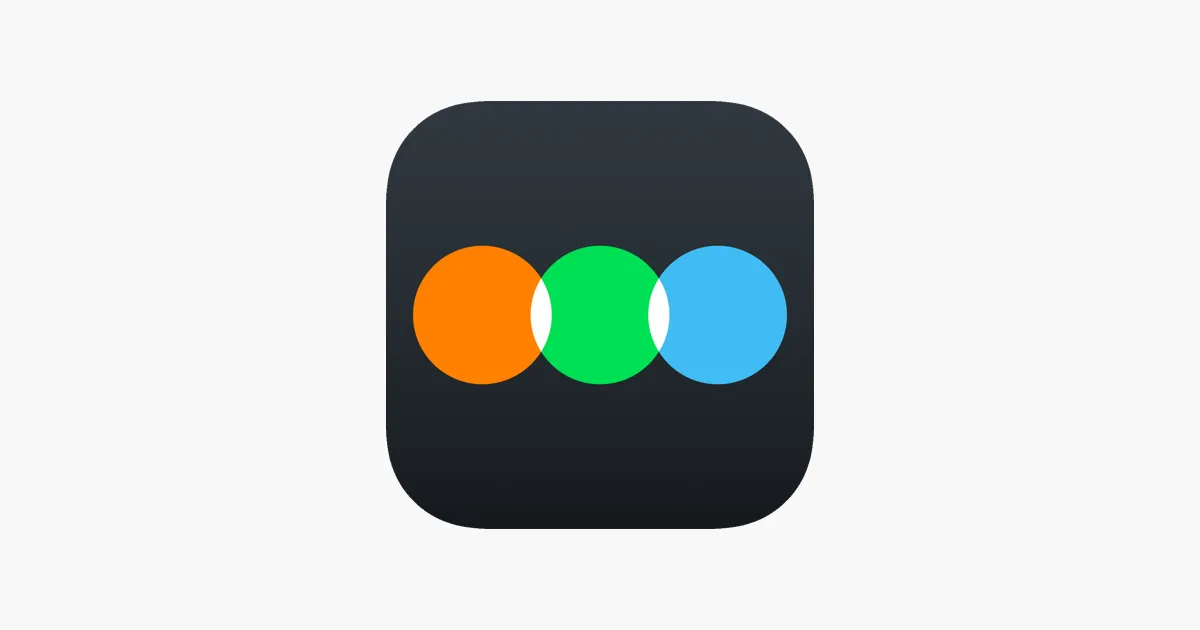
Comments
Be the first, drop a comment!